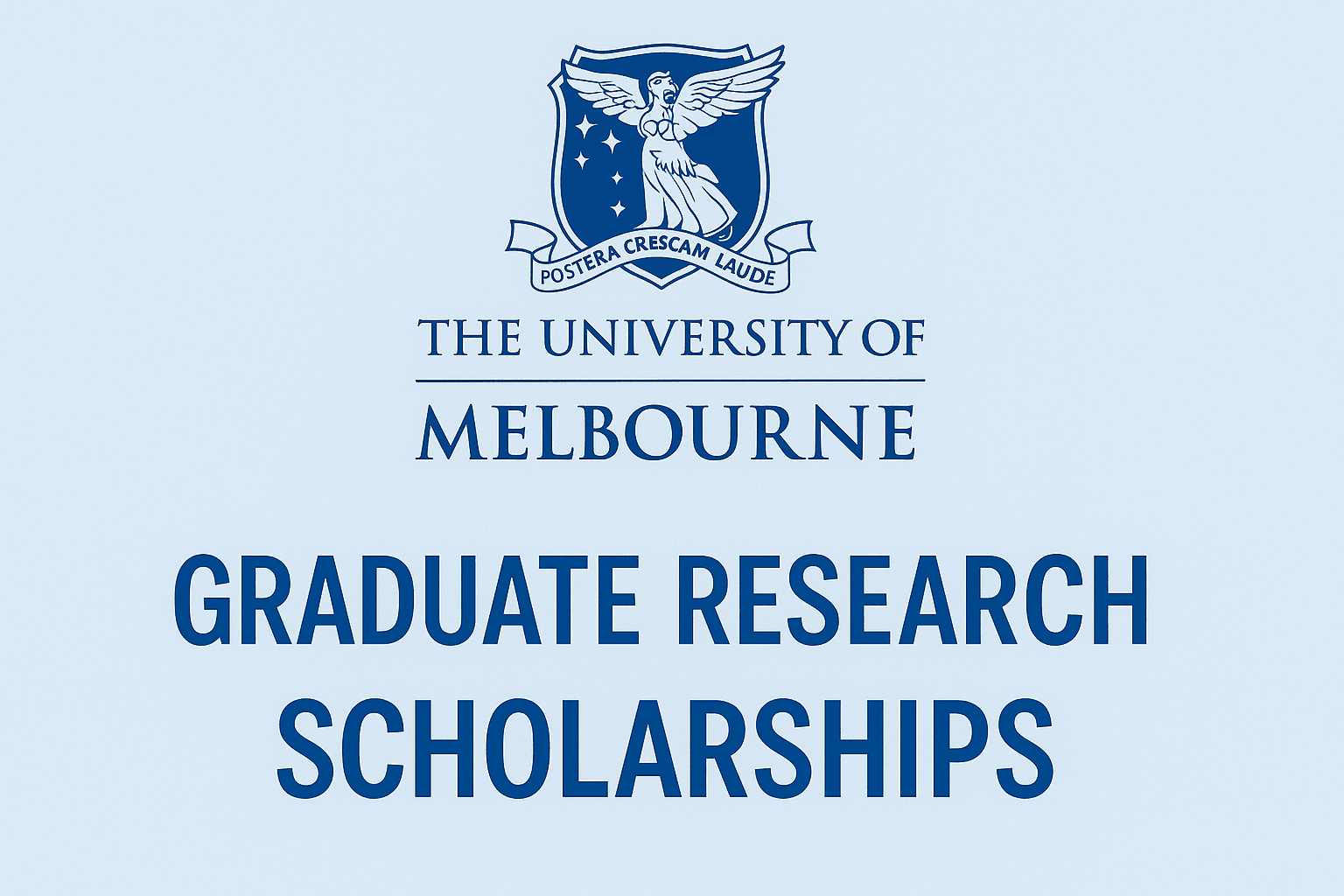University of Otago International Master’s Research Scholarship (New Zealand)
Thinking about a thesis-based Master’s in New Zealand? The University of Otago’s International Master’s Research Scholarship helps high-achieving international students fund the thesis part of their degree at one of the country’s oldest research universities. At a glance Important notes Eligibility (summary) How to apply (step-by-step) Tips to strengthen your application Official page
University of Otago International Master’s Research Scholarship (New Zealand) Read More »









